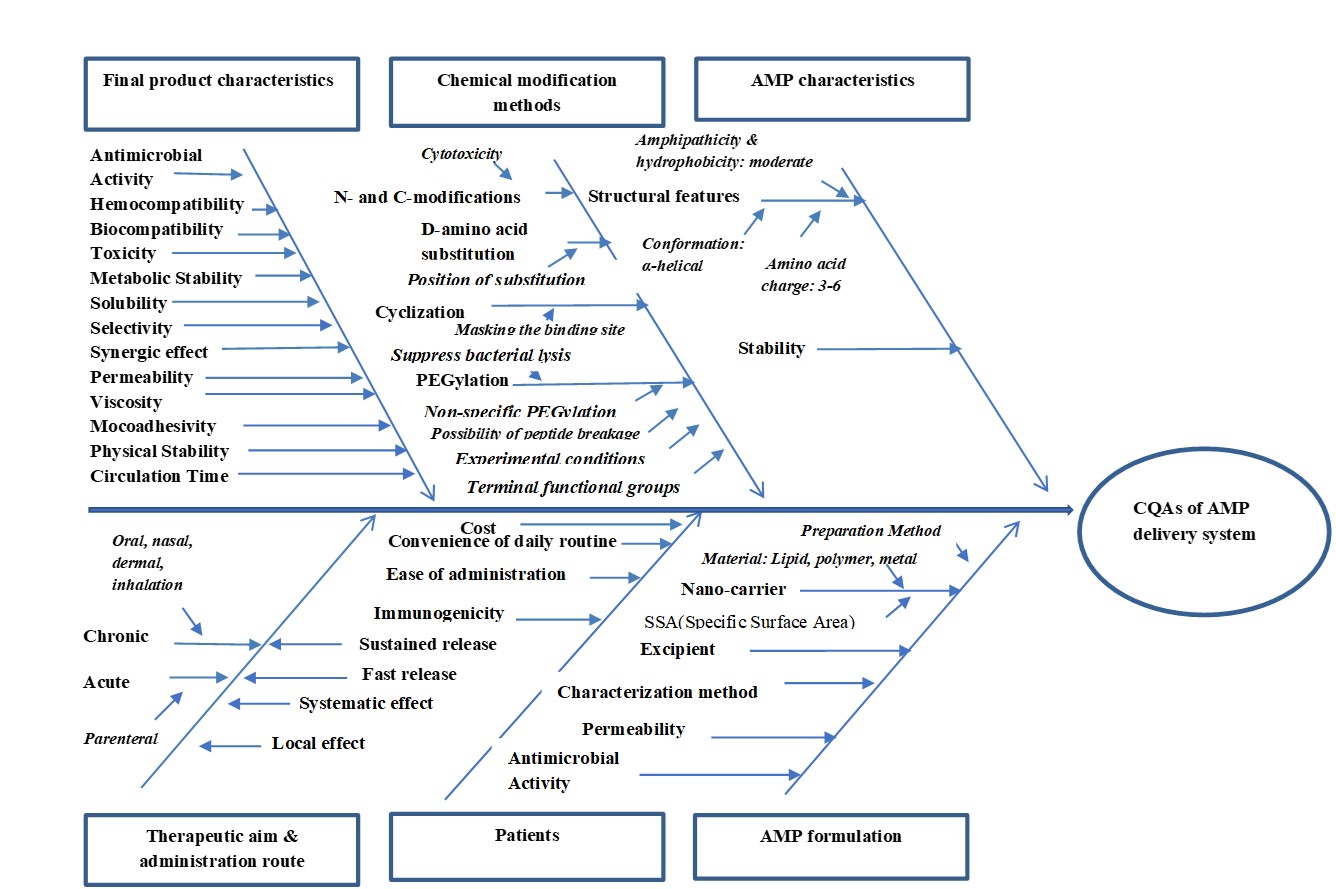SZTE Nanomedicine Research Group
Principal investigator: Prof. Dr. Ildikó Csóka
Antimicrobial peptides – lysosim, mellitin, PGLA

Description: Antimicrobial peptides (AMPs) research activities are in the midpoint since the antimicrobial resistance is one of the main global threats according to the World Health Organization’s (WHO) report. AMPs can be categorized based on their source, target, structure, mechanism of action, therapeutic aim, modification and formulation methods. Despite the considerable advantages of AMPs in terms of safety aspects and low rate resistance development, several limitations such as low metabolic stability, low permeability across biological barriers, high costs and difficulty in reaching targeted sites at active concentrations are blocking the AMPs delivery.
PGLa (model AMP) is a 21-residue amphipathic antimicrobial peptide-amide (GMASKAGAIAGKIAKVALKAL-NH2), isolated from the African clawed frog Xenopus leavis, that can destroy bacteria by interacting with their lipid membrane.
Aims: Aiming to overcome the challenges limiting the AMPs delivery two strategies would be promising to follow:
1. Chemical modification of AMPs (PEGylation)
2. Encapsulation of AMPs into nanocarrier system (lipid-based and polymeric hydrogel nano-carriers)
Since the design of AMPs delivery system is a complex task accompanied by many risks, the QbD based strategy is suggested to be applied from the early stage of development [1,2]. The first step is the definition of the Quality Target Product Profile (QTTP), followed by defining the Critical Quality Attributes (CQAs) and the Critical Process Parameters (CPPs) during both PEGylation and nanocarriers formulation of AMPs. The initial risk assessment; due to the complex interdependency of different factors and several possible risks is to be applied to rank the CQAs and CPPs according to their calculated risk severity[3].
References:
[1] World Health Organization, ed., Antimicrobial resistance: global report on surveillance, World Health Organization, Geneva, Switzerland, 2014.
[2] E. Pallagi, R. Ambrus, P. Szabó-Révész, I. Csóka, Adaptation of the quality by design concept in early pharmaceutical development of an intranasal nanosized formulation, International Journal of Pharmaceutics. 491 (2015) 384–392.
[3] E. Pallagi, R. Ismail, T.L. Paál, I. Csóka, Initial Risk Assessment as part of the Quality by Design in peptide drug containing formulation development, European Journal of Pharmaceutical Sciences. 122 (2018) 160–169.

